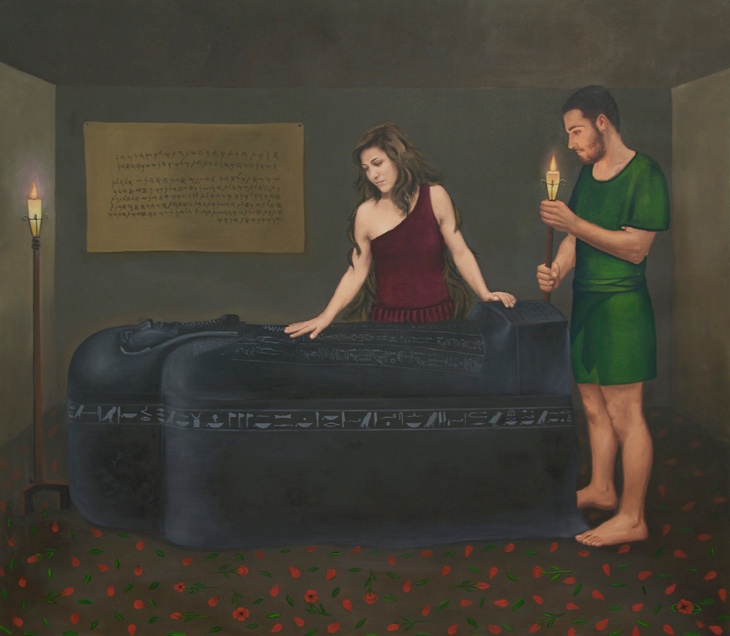
King Sidon
I, Tabnit, Priest of Astarte, King of Sidon, The Son of Eshmunazar, Priest of Astarte, King of Sidon, am lying in this sarcophagus. Whoever you are who might find this sarcophagus, do not, do not open it and do not disturb me, for no silver has been given me, no gold and no jewelry whatever has been given me! Only I (myself) am lying in this sarcophagus. Do not, do not open it and do not disturb me, for such a thing would be an abomination to Astarte! But if you do open it and if you do disturb me, may (you) not have any seed among the living under the sun or resting-place with the shades!
(This is a translation of the words written at the foot of the sarcophagus.)
This sarcophagus was found in Sidon Lebanon 150 years ago amongst many others from the same tomb. It was discovered by a farmer while working in the fields. He notified the locals, but unfortunately the authorities of the Ottoman Empire took hold of these artefacts, destroyed the tombs and shipped everything to Istanbul.
Inside the sarcophagus laid the Phoenician king (king Tabnit), whose body was mummified with internal organs and well preserved. His wish was to remain in the sarcophagus forever but when discovered was removed and placed in a sealed glass case to be viewed by all.
The sarcophagus was originally made for generals of the Egyptian army. This we know because of the hieroglyphics written around the sarcophagus. However, it is uncertain as to how the sarcophagus ended up in Lebanon.
The two candle holders were also found in the tomb.
The girl’s hair has been let out over her body to denote the way people mourn over their dead. This tradition is still carried out in Lebanon today in the small villages up in the mountains. I have painted them standing around the sarcophagus as a last goodbye to their king.
